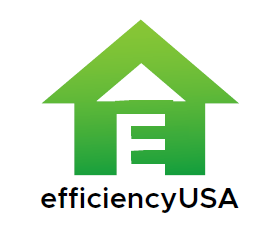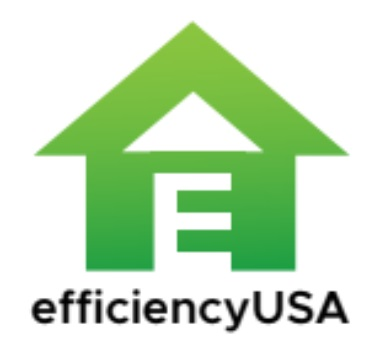
IRA Home Energy Rebates
Frequently Asked Questions
Overview: Eligible upgrades under the Home Energy Rebates program include upgrading home appliances to more energy-efficient models, insulating homes to reduce energy loss, installing heat pumps for more efficient heating and cooling, and making other energy-efficient improvements.
While the IRA is federal legislation, the administration of many home performance rebates will be managed at the state level, allowing for flexibility to meet specific regional energy needs and priorities. However, this doesn't mean all incentives are solely state-administered; some benefits, particularly tax credits for energy-efficient home improvements and renewable energy investments, will be directly available to homeowners at the federal level.
Take a minute to write an introduction that is short, sweet, and to the point.
Click the map below to track when your state will release its home energy performance rebates.
FAQ Rebates:
When can consumers expect to start applying for rebates from the Home Energy Rebates program?
Answer: Once the DOE approves the applications from states - California, Hawaii, New Mexico, and New York are already approved - and awards them their funding, New York was the first to have a good deal of funding approved, these states will complete steps to launch their respective programs and begin accepting rebate applications from consumers. The timeline for application approval and program launch may vary by state, but efforts are being made to expedite this process to start saving residents money as soon as possible.
How do IRA Home Energy Rebates programs benefit disadvantaged communities?
Answer: To ensure the benefits of energy efficiency reach all Americans, states and territories are required to allocate at least half of the rebates to low-income households, defined as those earning 80 percent or less of their area median income. This initiative aims to provide equitable access to energy-saving upgrades, particularly in communities that have historically been left behind, creating good jobs and new opportunities in the process. For example, under one of the IRA’s Energy Efficiency Rebate Programs, the rebate amount states must award to low-income households are doubled, up to 80% of the project’s cost.
| Type of Home Energy Project | Maximum Allowed Rebate Amount Per Household Below 80% Area Median Income (AMI) | Maximum Allowed Rebate Amount Per Household Above 80% Area Median Income (AMI) |
|---|---|---|
| Home Efficiency Project with at least 20% predicted energy savings | 80% of project costs, up to $4,000* | 50% of project costs, up to $2,000 (maximum of $200,000 for a multifamily building) |
| Home Efficiency Project with at least 35% predicted energy savings | 80% of project costs, up to $8,000* | 50% of project costs, up to $4,000 (maximum of $400,000 for a multifamily building) |
| Home Electrification Project Qualified Technologies (only households with an income below 150% AMI are eligible) | 100% of project costs up to technology cost maximums**; up to $14,000 | 50% of project costs, up to technology cost maximums*; up to $14,000 (households with incomes above 150% AMI are not eligible) |
Are there immediate steps homeowners can take to prepare for the Home Energy Rebates program and save energy?
Answer: Homeowners can act now by getting a professional home energy assessment, often offered for free by local utilities or state energy programs. This assessment can identify where homes are inefficient and how to maximize savings and improve comfort. Additionally, federal tax credits of 30 percent off the assessment cost (up to $150) are available, as well as for rooftop solar, battery storage, and other clean energy upgrades. For households experiencing financial hardship, DOE’s Weatherization Assistance Program offers free weatherization improvements and upgrades.
What does it mean to receive a 30 percent tax credit for energy-efficient upgrades under the Home Energy Rebates program?
Receiving a 30 percent tax credit for eligible energy-efficient upgrades, such as rooftop solar, battery storage, and heat pumps, means that you can deduct 30 percent of the cost of these installations from your federal taxes owed. If you spend $10,000 on qualifying energy improvements, for instance, you can reduce your tax liability by $3,000. This tax credit directly lowers the amount of tax you owe to the government, and if the credit exceeds your tax liability, you might even increase get cash back from your tax refund.
Tax Credits:


